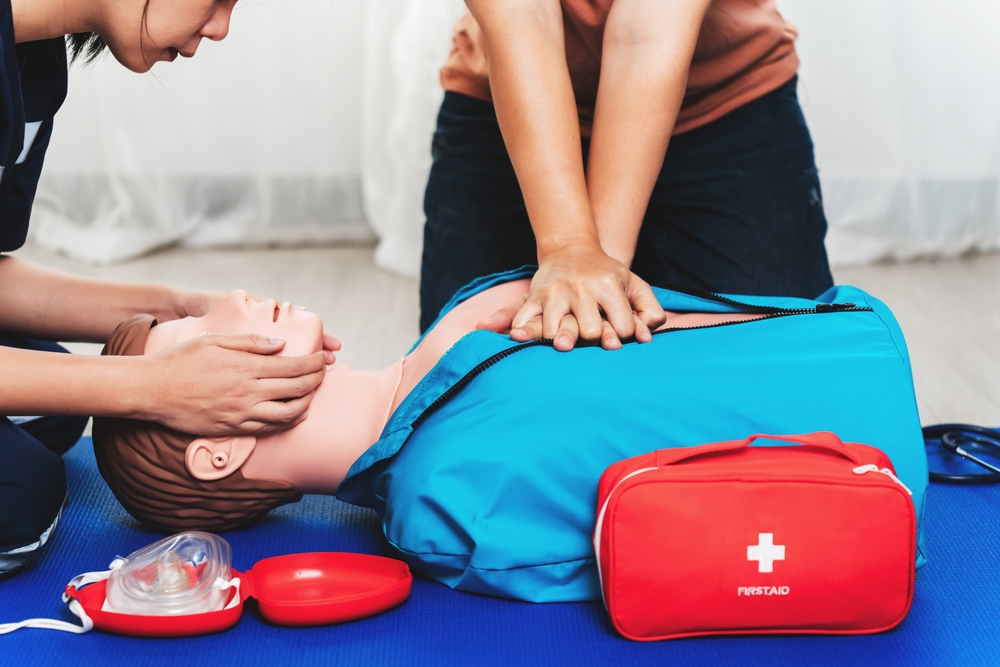In every household, workplace, or outdoor adventure, a well-stocked first aid kit is a crucial asset for addressing minor injuries and emergencies. However, possessing a kit is only part of the equation – understanding how to effectively utilize its contents can be the key to swift recovery. In this in-depth guide, we will explore the vital components of a first aid kit and offer practical insights into their efficient use.
Get Acquainted with the Kit’s Contents
Begin by familiarizing yourself with the contents of your first aid Box. It should include standard items such as bandages, adhesive tape, antiseptic wipes, scissors, tweezers, pain relievers, and any specific medications tailored to your family’s needs. Knowing what’s inside ensures quick and confident action when the situation demands it.
Basic First Aid for Cuts and Scrapes
Cuts and scrapes are commonplace, but knowing how to handle them properly can make all the difference. Follow these steps:
- Wound Cleaning: Gently clean the wound using antiseptic wipes or a mild soap and water solution to remove debris and prevent infection.
- Antiseptic Application: Apply an antiseptic ointment to the cleaned wound to stave off bacteria and promote the healing process, especially for wounds acquired outdoors.
- Covering the Wound: Utilize sterile dressings or adhesive bandages to cover the wound, providing protection against further contamination and aiding in the healing process.
- Regular Dressing Changes: Change the dressing regularly, particularly if it becomes wet or soiled. Keeping the wound clean is crucial for faster recovery.
Effectively Managing Burns
From kitchen accidents to unexpected encounters with hot surfaces, burns can happen anywhere. Here’s how to leverage your first aid kit for burns:
- Immediate Cooling: If the burn is heat-induced, promptly cool the affected area with cold running water for at least 10 minutes. Avoid using ice directly on the burn to prevent additional damage.
- Application of Burn Ointment: After cooling, apply a specialized burn ointment or gel to soothe the burn and reduce pain, fostering the healing process.
- Sterile Dressing: Cover the treated burn with a sterile, non-stick dressing or a clean, dry cloth to create a protective barrier against infection.
- Seek Professional Help for Severe Burns: In cases of severe burns, especially those causing blistering or affecting a large area, seek immediate medical attention.
Providing Support for Sprains and Strains
Sprains and strains are common injuries, particularly during physical activities. Your first aid kit can be a valuable resource in managing these situations:
- R.I.C.E. Method: Encourage Rest, Ice, Compression (using an elastic bandage), and Elevation of the injured limb to minimize swelling and promote recovery.
- Elastic Bandage Support: Employ elastic bandages from your first aid kit to provide additional support to the injured area. Ensure the bandage is snug but not excessively tight to maintain proper blood circulation.
- Pain Relief: Over-the-counter pain relievers from your first aid box can be used to alleviate pain associated with sprains and strains. Follow recommended dosage guidelines.
Regular Maintenance of Your First Aid Kit
A well-maintained first aid kit is a reliable ally in times of need. Keep it in optimal condition with these tips:
- Check Expiry Dates: Regularly inspect the contents, paying close attention to medication expiration dates. Replace any items that have expired.
- Prompt Restocking: After using items from the first aid kit, promptly restock to maintain its completeness and readiness.
- Personalize the Kit: Tailor your first aid kit to your family’s specific needs. Include prescription medications, allergy medications, or any other items relevant to your household.
Quick Reference Guide and Emergency Contacts
Enhance the usability of your first aid kit by including a quick reference guide and emergency contact list. This should encompass basic first aid instructions for common injuries and a list of essential contacts, such as local hospitals, poison control centers, and family doctors.
Conclusion
A well-prepared first aid kit is more than a collection of supplies – it’s a lifeline during critical moments. By acquainting yourself with its contents and learning how to use them effectively, you empower yourself to respond confidently to minor injuries and emergencies. Regular maintenance ensures your first aid kit remains a reliable resource when needed most. Stay prepared, stay safe, and maximize the potential of this essential tool for promoting well-being in yourself and those around you.

